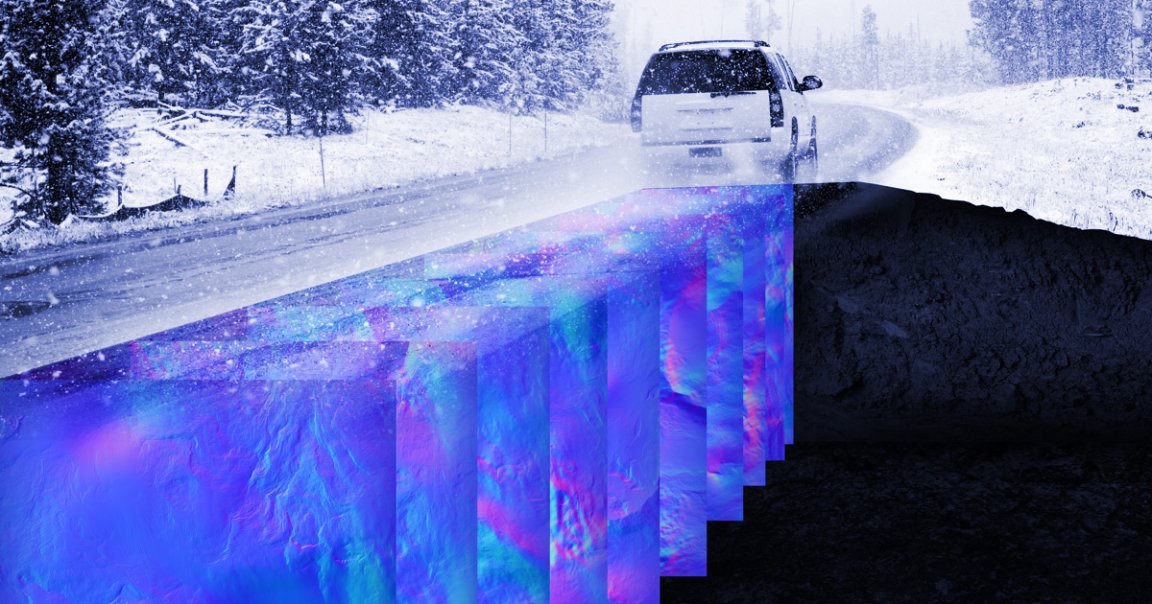
MIT is working on self-driving technology that allows cars to “see” through the ground up to a depth of ten feet below the surface of the road. The idea is to allow self-driving cars to figure out exactly where they are — especially when snow, heavy fog, or other bad weather obscures road markings.
Current-generation self-driving cars typically rely on cameras and light detection sensors (LIDAR) to position themselves on roadways. But once the snow starts falling and covers up lane markers, it can get tricky for the car to tell where it is — and that could spell disaster, especially at highway speeds.
A team at MIT’s Computer Science and Artificial Intelligence Lab have come up with a new system they call “Localizing Ground Penetrating Radar” (LGPR) that can create a real-time map of the ground below the road’s surface.
“If you or I grabbed a shovel and dug it into the ground, all we’re going to see is a bunch of dirt,” says CSAIL PhD student Teddy Ort told Engadget. “But LGPR can quantify the specific elements there and compare that to the map it’s already created, so that it knows exactly where it is, without needing cameras or lasers.”
In a video released today, the team of researchers show off the tech working on a private road that’s covered in snow.

The tech even works inside a parking garage, thanks to the arrangement of concrete and metal reinforcements below that create a unique imprint, as ExtremeTech reports.
The team is now working on miniaturizing their invented system as it is six feet wide right now — way larger than a current generation suite of cameras and LIDAR sensors.
READ MORE: MIT helps self-driving cars ‘see’ through snow and fog [Engadget]
More on self-driving cars: Hackers Stick Tape on Speed Sign, Trick Teslas Into Going Faster